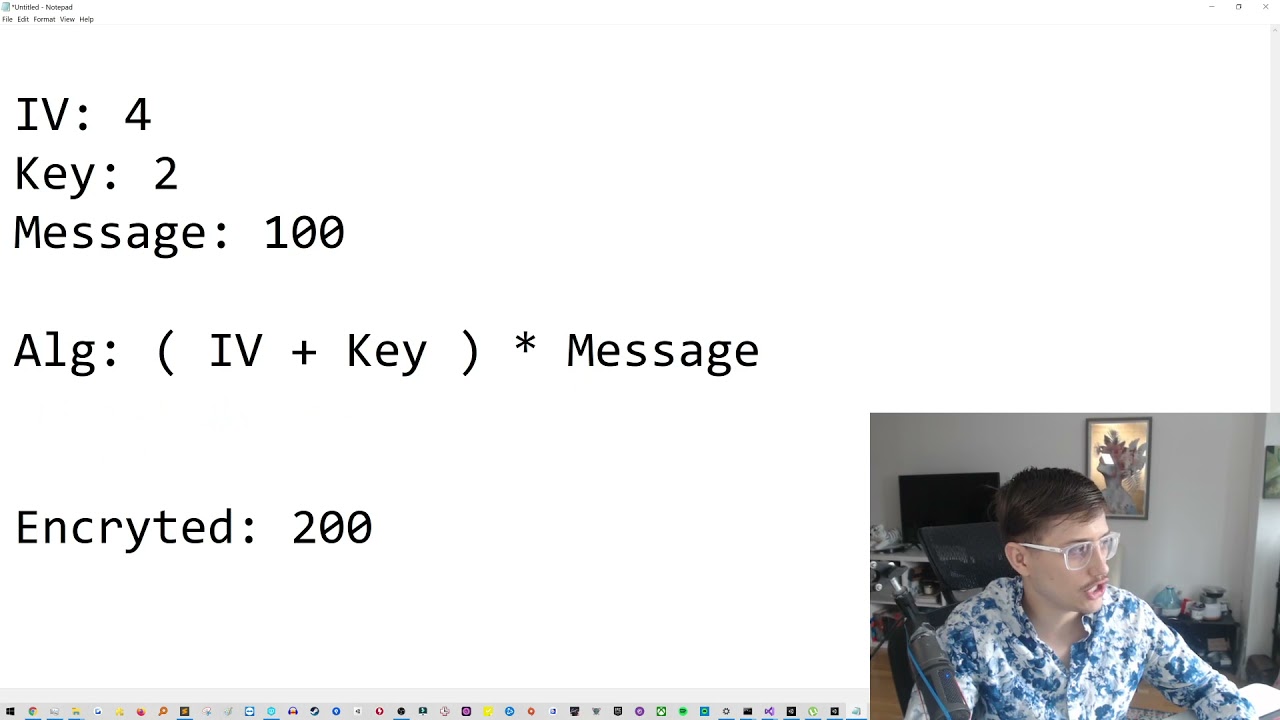AES (Advanced Encryption Standard) stands as a prevalent encryption algorithm utilized globally for securing digital information. Within its framework lies a critical question: Is an Initialization Vector (IV) truly necessary when implementing AES encryption? To comprehend the pertinence of the IV, one must delve into the mechanics of AES and the role of the IV within it.
AES operates on the premise of symmetric key cryptography, requiring both encryption and decryption to utilize the same key. This duality raises an inherent issue: if the same key is utilized repeatedly across numerous encryption instances, it invites vulnerabilities. These vulnerabilities can manifest as patterns within the output ciphertext, leading to potential exploitation by adversaries. This is where the IV’s role comes into play.
The IV acts as a non-secret value utilized to perturb the encryption process. By providing an additional layer of unpredictability, the IV ensures that identical plaintexts yield distinct ciphertexts, even when encrypted with the same key. Consequently, the IV enhances security by forestalling potential attackers from discerning patterns within the encrypted data.
However, it is vital to recognize that an IV is not merely an accessory; it is an integral component designed to uphold the integrity of the cryptographic process. The IV must be unique for each session and should never be reused with the same key, as reusing an IV can significantly degrade security. This stipulation leads to the inquiry: how does one generate and manage IVs to maintain robust security while utilizing AES?
A common encryption mode employed in conjunction with AES is Cipher Block Chaining (CBC). CBC relies heavily on the IV, as each block of plaintext is XORed with the previous ciphertext block before being encrypted. This chaining mechanism necessitates the use of a fresh IV to assure that the encryption sequence remains unpredictable and secure. Without a unique IV for each encryption operation, identical plaintext blocks would yield identical ciphertext blocks, thus creating exploitable patterns.
Moreover, the cryptographic landscape extends beyond AES. Various encryption modes such as Counter (CTR) and Galois/Counter Mode (GCM) also require IVs, underscoring their significance in diverse cryptographic schemes. The IV in these modes not only serves to obfuscate the relationship between plaintext and ciphertext but also plays a pivotal role in ensuring the authenticity and integrity of the transmitted data.
Organizations must also ponder the management protocols surrounding IVs. The IV should be publicly available, allowing it to be sent alongside the ciphertext to the recipient for decryption. However, even with IVs being non-secret, their proper generation remains paramount. A randomly generated IV that is never reused is the gold standard, as it mitigates risks associated with predictability. Existing libraries for encryption often facilitate robust IV generation, thus alleviating potential management issues.
Additionally, there exist real-world implications of neglecting IV protocols. Numerous documented cases highlight failures in IV management, leading to significant security breaches. For instance, reusing an IV in the context of CBC mode can lead to the predictable encryption of certain data types, permitting attackers to glean sensitive information. This phenomenon was apparent in attacks leveraging IV reuse, demonstrating the necessity of adhering strictly to best practices related to IV utilization.
In conclusion, the question of whether an IV is essential when utilizing AES encryption is unequivocally answered: yes, the IV is not only necessary but also vital to maintain the security and integrity of the encrypted data. A unique and properly managed IV enhances the strength of the AES algorithm, deterring potential vulnerabilities that could be exploited by malicious entities. Understanding the nuanced role of the IV can foster a deeper appreciation for its purpose in cryptography, illustrating a web of complexity that extends beyond the surface of AES encryption.
Therefore, as you embark upon utilizing AES or similar cryptographic systems, a firm grasp on the function and importance of the IV is indispensable. This additional layer of security is not merely a best practice; it is a foundational element of modern encryption, safeguarding against an array of threats in an ever-evolving digital landscape.








Leave a Comment